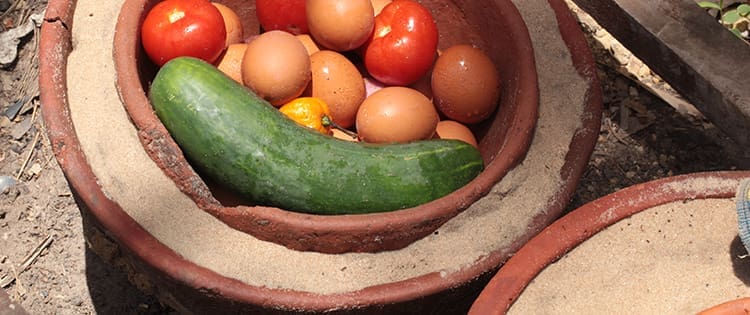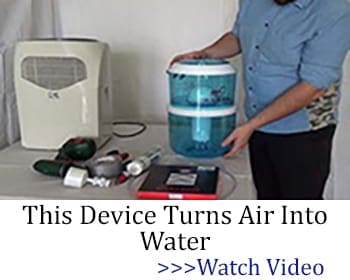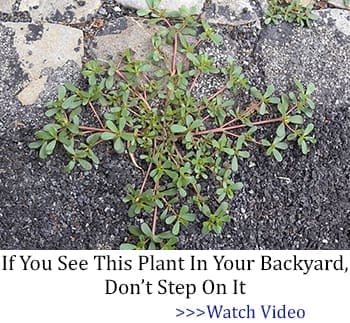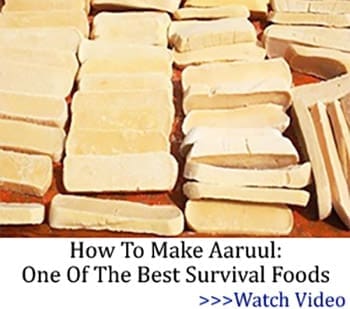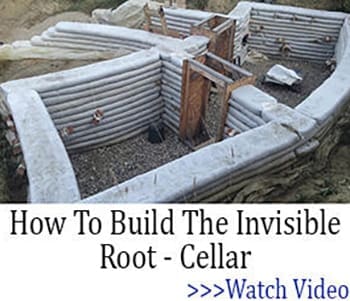During a grid-down scenario, the loss of electricity presents an immediate problem of food spoilage.
While generators, battery banks, and other off-grid power sources can keep refrigerators running, they quickly deplete fuel and battery capacity.
To preserve these valuable resources, it would be beneficial to create a refrigeration option that doesn’t rely on electricity.
Refrigeration Before Electricity
The electric refrigerator is a relatively modern innovation, and commercially available models have only been in homes for about a century.
Before that, the simple icebox was the most common method of keeping food cold, and even during ancient times, people used ice houses to preserve food.
The problem with using ice is that it may be hard to come by in a grid-down scenario, which is where evaporative cooling comes into play.
Evaporative cooling has proven to be an effective method of keeping perishable foods from spoiling throughout history in areas where ice is not readily available.
The two elements required for an evaporative cooler are wind and water, which are far easier to obtain than large quantities of ice or snow.
Zeer Pots
The Zeer pot has been in use for thousands of years in one form or another but was resurrected from history by Mohamed Bah Abba in the 1990s.
Abba developed the pot-in-pot refrigeration system, using two unglazed clay pots. These pots are different sizes; the smaller one should fit inside the larger one leaving a gap of about an inch or so.
The inner pot is where the food you want to keep cold goes, and the outer pot serves to contain the sand that will fill the gap between the pots.
How the Zeer Pot Works
The Zeer pot can keep the inner pot cool because of the process of evaporative cooling.
For water to evaporate, it needs to absorb heat to turn the liquid water into vapor. As the water vapor absorbs this heat, it will be replaced by cool air that will settle in the inner pot.
The reason why the pots that make up a Zeer pot must be unglazed is to allow moisture to seep through the walls, which has a similar effect that sweating has on humans. Likewise, the moist cloth that is draped over the Zeer pot also aids in the cooling process.
Much like how a breeze can help cool your body when your clothes are damp or when you are sweating, the wind blowing across the Zeer pot is an essential component of its ability to keep food cold.
How to Build a Zeer Pot
Constructing a Zeer pot is a very simple process and requires readily available materials at your local hardware store. The entire build process takes very little time to complete. In my case, I constructed a Zeer pot in less than twenty minutes.
Materials and Instructions
- One large unglazed terracotta pot
- One smaller unglazed terracotta pot
- Sand
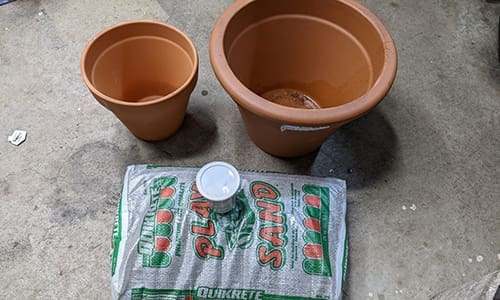
#1. If there are drainage holes in the bottom of either of the pots, you will need to seal them.
In my case, I decided to use plumbers’ putty, but you can use anything you have on hand to keep the sand and water from leaking out of the bottom. Of course, whatever you decide to use needs to be waterproof.
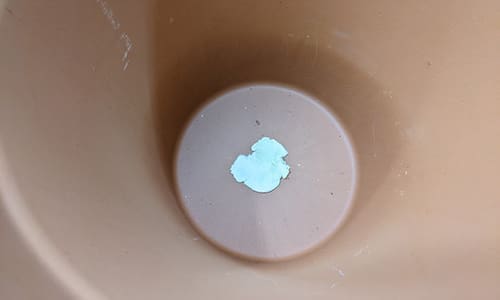
#2. Pour a layer of sand into the bottom of the larger pot.
The goal is that when you place the smaller pot inside, the tops of both pots will be at the same level or that the inner pot is slightly higher than the outer pot.
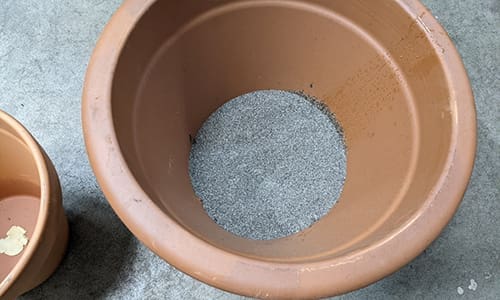
#3. Place the smaller pot inside of the larger one.
Centre the pots as best you can and make sure the inner pot is not below the level of the outer pot, as this will mean that sand may fall into the inner pot.
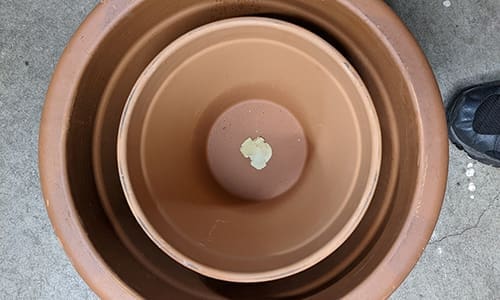
#4. Pour sand in the gap between the pots filling it to the top.
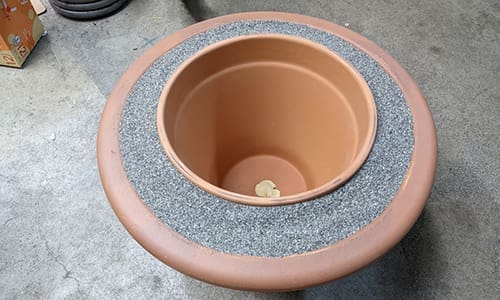
#5. Pour water on the sand until the sand is saturated with water.
You will need to allow the pot to cool for a while before loading it with food. During this cool-down period, you will want to drape a damp cloth over the pots.
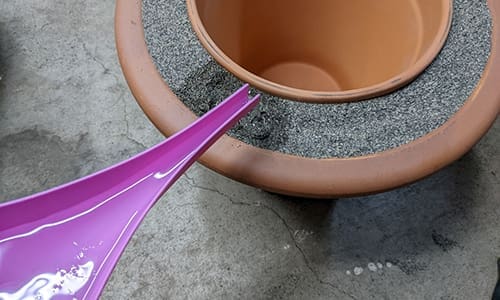
#6. Fill the inner pot with whichever food you wish to keep cold.
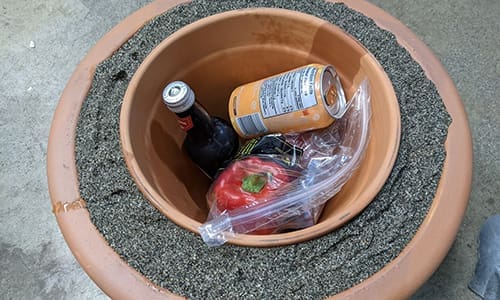
#7. Cover your new Zeer pot with a damp cloth or lid.
It is essential that the fabric stay moist to facilitate the cooling effect. Then place the pot where it will be exposed to the wind and remain out of direct sunlight.
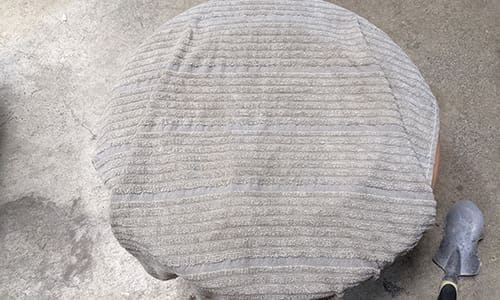
#8. Pour water on the sand a couple of times a day to prevent it from drying out.
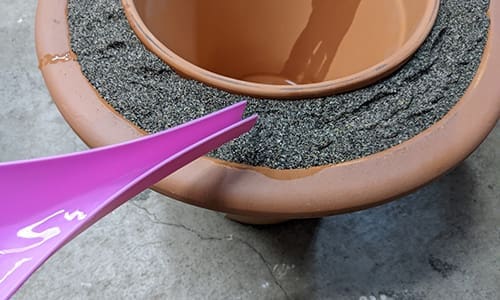
Limitations of the Zeer Pot
There are several limiting factors for this style of electricity-free refrigeration:
- The Zeer pot is best suited for use in dryer climates. As the humidity in the air increases, the effectiveness of the Zeer pot is decreased.
- You have to keep the wet sand and damp cloth moist for the Zeer pot to maintain effectiveness. This means that you may have to wet the sand several times a day.
- Evaporative cooling requires wind, so in areas where there is no breeze, the Zeer pot will not be nearly as effective.
- There is no way to ensure that the temperature remains stable throughout the day, meaning that there could be periods of time in which the temperature within the Zeer pot rises to unsafe levels.
- Direct sunlight cancels the cooling effects.
If you live in a hot, dry region, the Zeer pot is a fantastic option for extending the lifespan of fresh produce without expending precious resources to generate the electricity required for conventional refrigeration. It is cheap, effective, and genuinely off-grid.
This article first appeared on Ask A Prepper.
You may also like:
5 Solar-Powered Items That Actually Make Sense To Keep Handy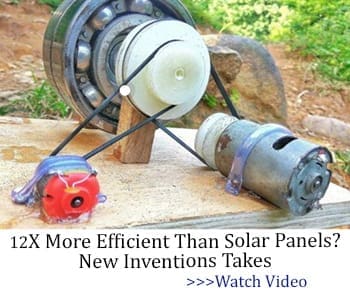
Why You Should Never Hide Your Stockpile In Your Basement (Video)
7 Powerless Items You’ll Need After An EMP
